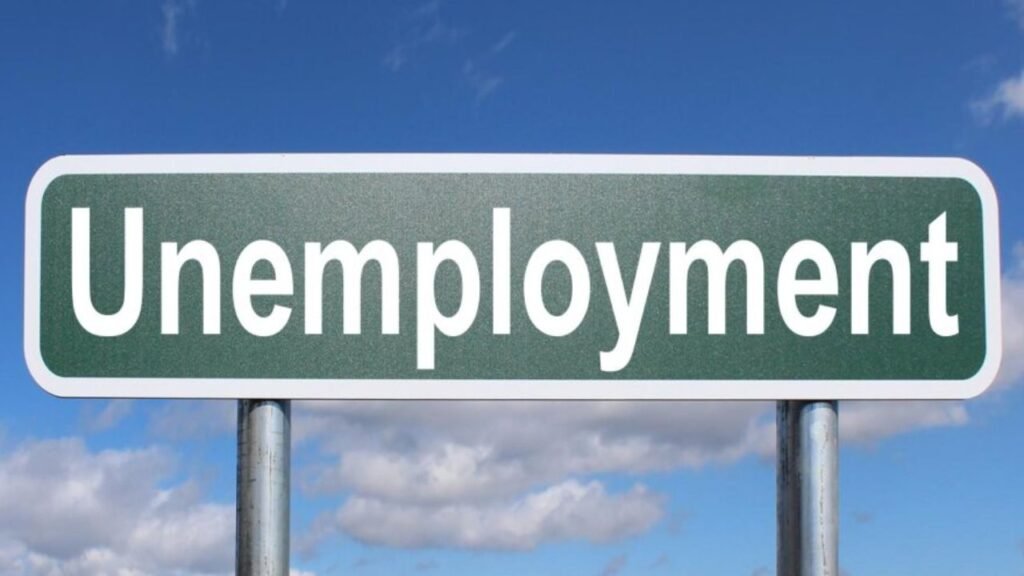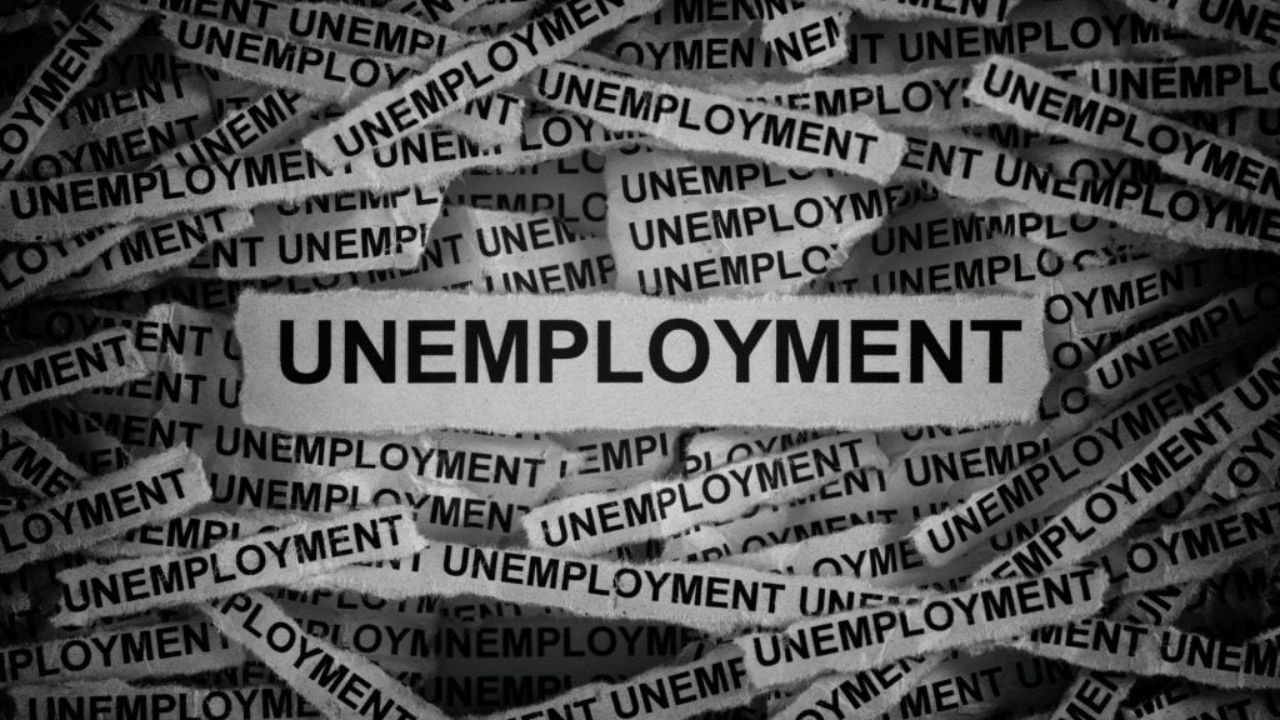Unemployment brings with it a heavy toll financial strain, uncertainty, and emotional pressure. As August 2025 arrives, assistance programs at both federal and state levels are offering vital support to individuals currently out of work. This article explores the available stimulus payments and benefit opportunities designed to help unemployed workers navigate this challenging time.
| Type of Support | Description | Amount/Details |
|---|---|---|
| Federal Stimulus Payment | IRS Recovery Rebate Credits and retroactive COVID-related stimulus payments | Up to $1,390 per eligible individual |
| California State Bonus | Additional stimulus payment for long-term unemployed | $300 one-time payment |
| New York Bridge Program | Financial aid for low-income residents without traditional benefits | $500 to $1,000 |
| Illinois Direct Payment | Cash assistance for unemployed actively seeking work | One-time $450 payment |
Overview of Federal Stimulus Funding for Unemployed Workers
In August 2025, the IRS continues issuing Recovery Rebate Credits, including retroactive adjustments linked to COVID-era relief. While these payments are not exclusive to the unemployed, many qualify due to low or absent income during 2021 or 2022, recently filed tax returns, or missed previous stimulus checks. Eligible recipients can receive up to $1,390 delivered via direct deposit, mailed check, or debit card. To qualify, individuals generally need to have filed tax returns for 2021 or 2022, have income below $75,000 (or $150,000 for joint filers), and may have experienced unemployment or no income during the pandemic.
State-Specific Unemployment Support Extending Beyond Federal Programs

Though federal pandemic unemployment programs concluded in 2021, several states maintain or have introduced their own relief efforts for the unemployed in 2025. For example, California disburses a $300 bonus stimulus for those who have been jobless long-term, accessible through their Employment Development Department. New York offers the Unemployment Bridge Program, providing qualifying low-income individuals with between $500 and $1,000 even if they aren’t drawing standard unemployment benefits. Illinois also grants a one-time direct payment of $450 to those actively job hunting. Importantly, applications and benefit checks should always be pursued through official state government websites to avoid scams.
Additional Assistance Programs for Unemployed Individuals
Beyond direct stimulus payments, unemployed workers might qualify for additional forms of support that address essential needs. Programs include Supplemental Nutrition Assistance Program (SNAP) benefits for food security, utility bill assistance to reduce energy costs, rental assistance grants to maintain housing stability, and Medicaid or other low-cost healthcare plans. These resources may not bear the “stimulus” label but are critical for financial relief. Prospective applicants should contact their local Department of Human Services or Department of Labor for guidance and application details.
Steps to Ensure You Receive Your Full Benefits
To avoid missing out on payments and assistance, unemployed individuals should promptly file any outstanding tax returns and verify eligibility details on IRS and relevant state agency websites. Setting up direct deposit helps accelerate receipt of funds, while ensuring all your mailing and contact information is current reduces the risk of lost payments. Timely action can mean the difference between receiving aid and going without crucial support.
Why These Stimulus Efforts Matter Today
Amidst ongoing economic challenges, these measures bring crucial respite for those facing joblessness. From federal stimulus checks to state bonuses and essential support programs, the financial buffer can help cover rent, groceries, utilities, and basic healthcare costs. For many, these payments represent more than money they offer a moment of relief and dignity in a difficult period.
In conclusion, if you are unemployed in August 2025, various federal and state programs are in place to provide assistance. Checking your eligibility, applying through official channels, and maintaining updated personal information are the best ways to access these valuable benefits. These supports, while not resolving all hardships, can be vital in helping you and your family maintain stability in uncertain times.

